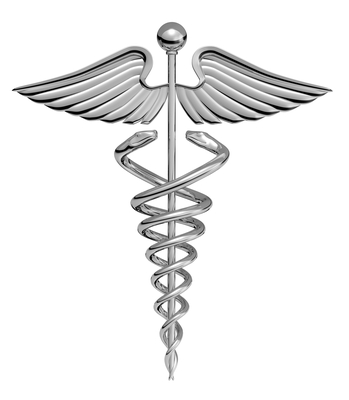If you’re looking for a career in the healthcare industry and are curious about Population Health management (PHM), this is the article for you. The healthcare industry is continuously changing and there is always a need for experienced, hard-working professionals to help continue innovation and patient care. This article will tell you everything you need to know about Population Health and the management of it.
What is Population Health Management?
According to Wellcentive, this type of management involves the “aggregation of patient data across multiple health information technology resources, the analysis of that data into a single, actionable patient record, and the actions through which care providers can improve both clinical and financial outcomes.”
Simply put, this type of management aims to improve the health outcomes of certain groups by identifying and monitoring individuals within that group. Those in PHM gather and analyze clinical data that may reveal different opportunities to improve a patient’s health and a health provider’s outcomes, financially. PHM merges clinical care, healthcare economics, and outcomes assessment to help providers, patients, and insurers to exchange and analyze data that helps them coordinate care through evidence-based decisions.
PHM involves uncovering the gaps in care and creating the holes necessary to fill the gaps, for the benefit of both the patients and providers. You can think of PHM as a method of accessing data; using tools and technology to track, manage, and share data. This analyzed data is then used to take action to create improvements within the world of health management.
What are the Goals and Benefits?
There are four main goals and tasks of PHM:
- To identify and engage patients that are in need of care (and providing them with care in a timely manner).
- To align physicians, care teams, and care coordination so that patients receive the care they need in as little time as possible.
- To create seamless transitions of care to help steer clear from avoidable procedures and care.
- To optimize revenue and efficiency within the healthcare system to serve both patients and providers at the same time; saving patients more money while also helping providers make more money.
When used effectively, PHM can benefit almost everyone involved in the healthcare industry; patients, physicians, and health care organizations. Patients benefit by receiving better coordinated care because PHM helps remind them of procedures that are necessary to manage their particular condition and saves them money by receiving their timely care.
Physicians use PHM to become better informed about their patients, which results in better outcomes all around. PHM allows physicians to provide their patients with appropriate, timely, and coordinated care. Healthcare organizations and the system as a whole benefit from PHM because when gaps in care are filled, the volume of patients increase and the cost of care delivery is more accurately quantified. By increasing timely, preventive care to patients, healthcare systems can avoid more expensive procedures down the road.
There are many different types of management within the healthcare industry and each one of them is a very important key that helps keep the entire health system afloat. Population Health management is one of those very important keys that helps improve patient care, save patients money, coordinate patient care for providers, and help providers earn more money.
